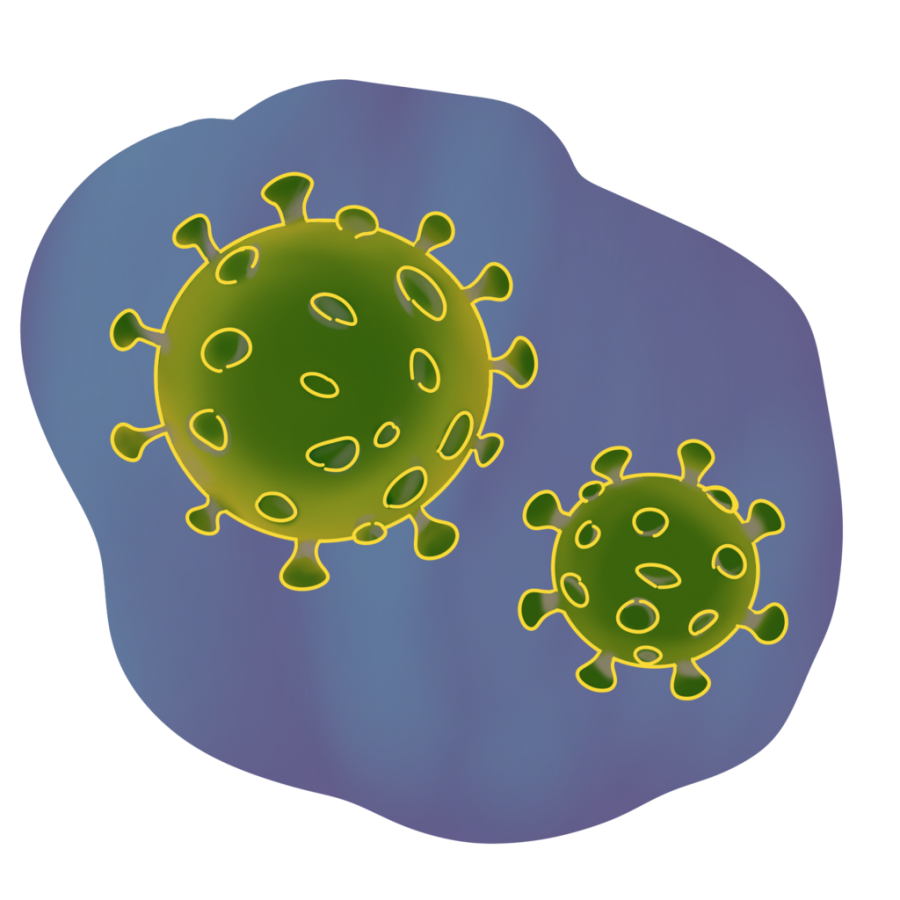All you need to know about the coronavirus pandemic
February 12, 2020
In December 2019, the first case of a novel coronavirus named “2019-nCoV” was diagnosed in Wuhan, China. Now, nearly two months later, this coronavirus has become a global health emergency. According to the World Health Organization (WHO), there have been 40,554 total recorded cases of 2019-nCoV and 910 confirmed deaths as of Feb. 10, 2020. While most cases of 2019-nCoV are in China, the coronavirus has now spread to 24 countries worldwide.
Due to the recent time frame of 2019-nCoV, not much is known about the origins and spread of the disease. According to the Centers for Disease Control and Prevention (CDC), “many of the patients had some link to a large seafood and animal market, suggesting animal-to-person spread. However, a growing number of patients reportedly have not had exposure to animal markets, indicating person-to-person spread is occurring.” Examples of person-to-person spread include coughing, sneezing, or touching an object that has the virus on it. It is still unclear how easily 2019-nCoV spreads through person-to-person contact.
After exposure to the coronavirus, symptoms usually appear between two-14 days. Symptoms include fever, cough, and shortness of breath. While the symptoms are generally consistent, the severity of the disease varies widely from person to person. Some people have acute symptoms that go away in a couple of days while others have become severely ill and died due to respiratory failure. The coronavirus is spreading fairly rapidly, and as a result, many countries have taken precautions to inhibit the spread of 2019-nCoV. In China, the borders of Wuhan have been locked, and residents are not allowed to leave the city. Wuhan residents have been encouraged to avoid leaving their houses, but if they need to leave their houses, they are required to wear masks. Furthermore, the United States has implemented a temporary travel ban for non-US citizens traveling from China to the United States.
The international response to 2019-nCoV has sparked a frenzy of panic and misinformation on social media platforms. For example, due to the rising death tolls and recent travel ban, many people on Twitter believe coronavirus is “the modern black plague”. However, this is far from the truth. While the coronavirus certainly is deadly and should be taken seriously, it has not reached the magnitude of the black plague yet. Moreover, given the technology and scientific knowledge we currently have, it is likely that we will quickly learn new information about the coronavirus and possibly develop an antiviral treatment to inhibit its spread.
For now, there is no vaccine or treatment to prevent the disease; therefore, the best way to prevent 2019-nCoV is to avoid being exposed to the virus. Although there have been no confirmed cases of 2019-nCoV in Minnesota, it doesn’t hurt to take preventative measures to avoid the virus. The CDC recommends washing your hands frequently, avoiding close contact with people who are sick, and cleaning and disinfecting frequently touched objects or surfaces. If you think that you may have the virus, it is important to go to a hospital immediately and seek treatment.
*Disclaimer: Everything in this article is up to date as of Feb. 11, 2020.




